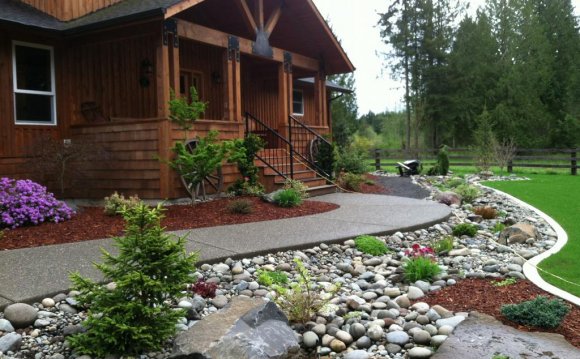
Water-wise gardens of the Southwest don't have to look barren. Gardeners can grow plants like strawberry pitaya cactus (Echinocereus enneacanthus), which bears showy magenta flowers.
Xeriscaping
Xeriscaping means landscaping to conserve water. It includes growing plants that need little water, irrigating efficiently, limiting areas of turf and mulching.
Glory of Texas
Glory of Texas (Thelocactus bicolor) flowers throughout the year. It's called "bicolored" for the red centers in its rosy-pink blooms.
Night-Blooming Cereus
Night-blooming cereus opens its fragrant, white flowers for just one night each summer. Rats and rabbits feast on the sprawling stems of this cactus, while many birds, coyotes and tortoises eat its red fruits.
Cacti Collection
The cacti in this garden at Quinta Mazatlan, a Texas nature center, can survive with less than 10 inches of annual rainfall. Some take many years to bloom; others won't bloom at all if the growing conditions aren't right.
Cactus Spines
Spines don't just protect cacti from hungry animals. They also help shade them so they can tolerate more heat and drought.
Horse Crippler Cactus
The cruel name of this cactus comes from its long, fierce spines. Pink, white or lavender flowers open from April to May, followed by red fruits.
Silver Spined Cactus
Rebutia krainziana, also called the crown cactus, has dark green stems studded with tiny silver spines. Scarlet flowers appear in the summer.
Using Cacti as a Living Wall
Cacti thrive in hot, sunny climates, where they can give structure to outdoor rooms. Some are hardier than others; check your plant's hardiness rating if you live where the winters are cold.
Use Native Plants
Landscaping with native plants and trees, such as wild olives, desert yaupons and Jerusalem thorns helps conserve water.
Star Cactus
Commonly called the star cactus or monk's hood, Astrophytum ornatum 'Mirabelli' looks star-shaped from above. It features large, lemon-yellow flowers.
Fishhook Pincushion Cactus
Also known as Graham’s nipple cactus, this desert native opens 1-inch pink blooms in spring and summer. Flowers fade to red fruits prized by desert wildlife. It grows 3 to 6 inches tall and 3 to 4 inches across.















